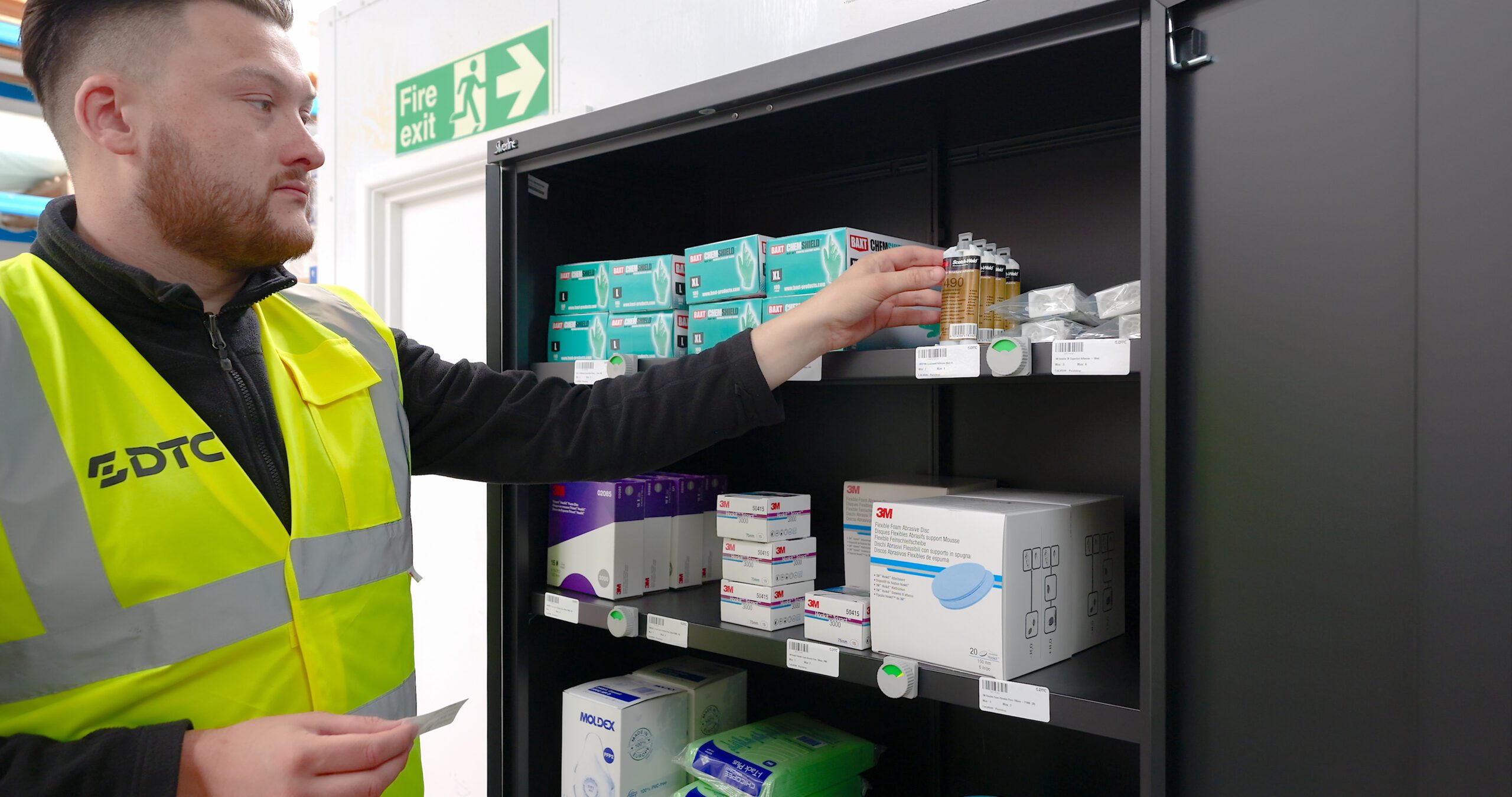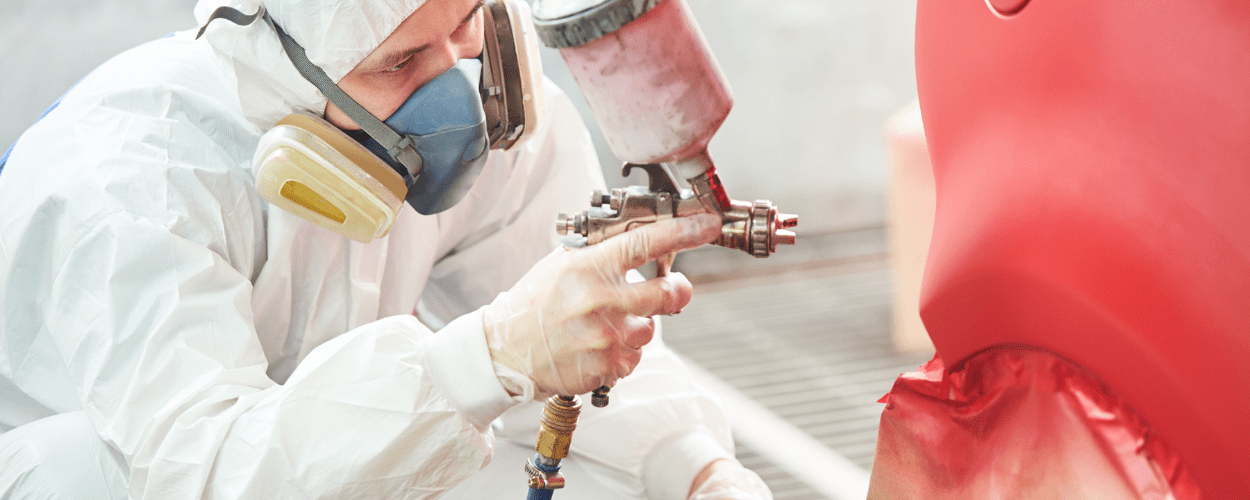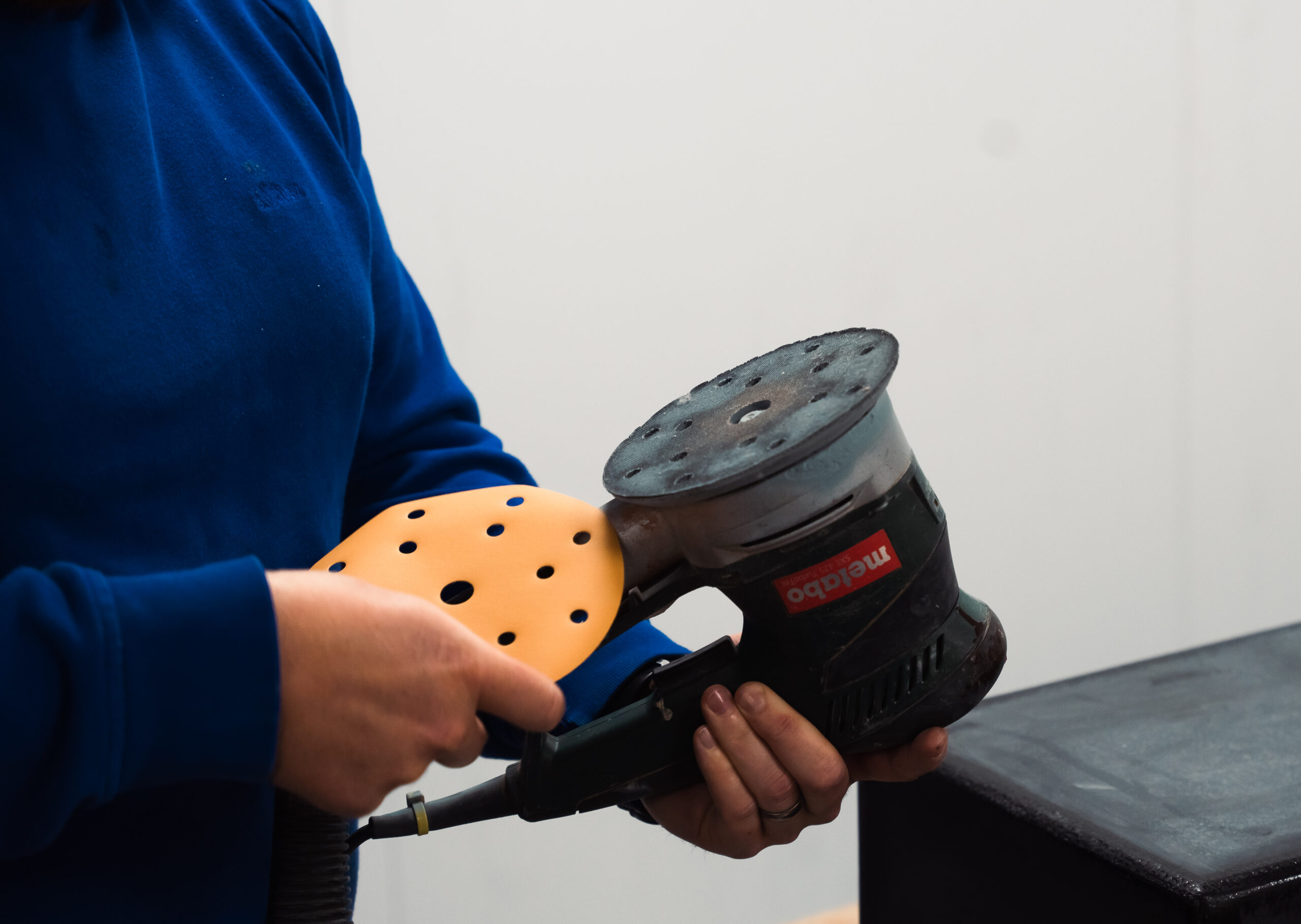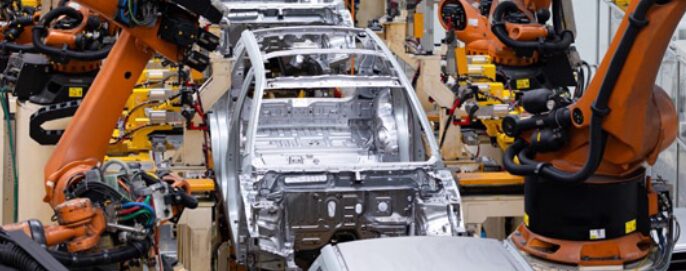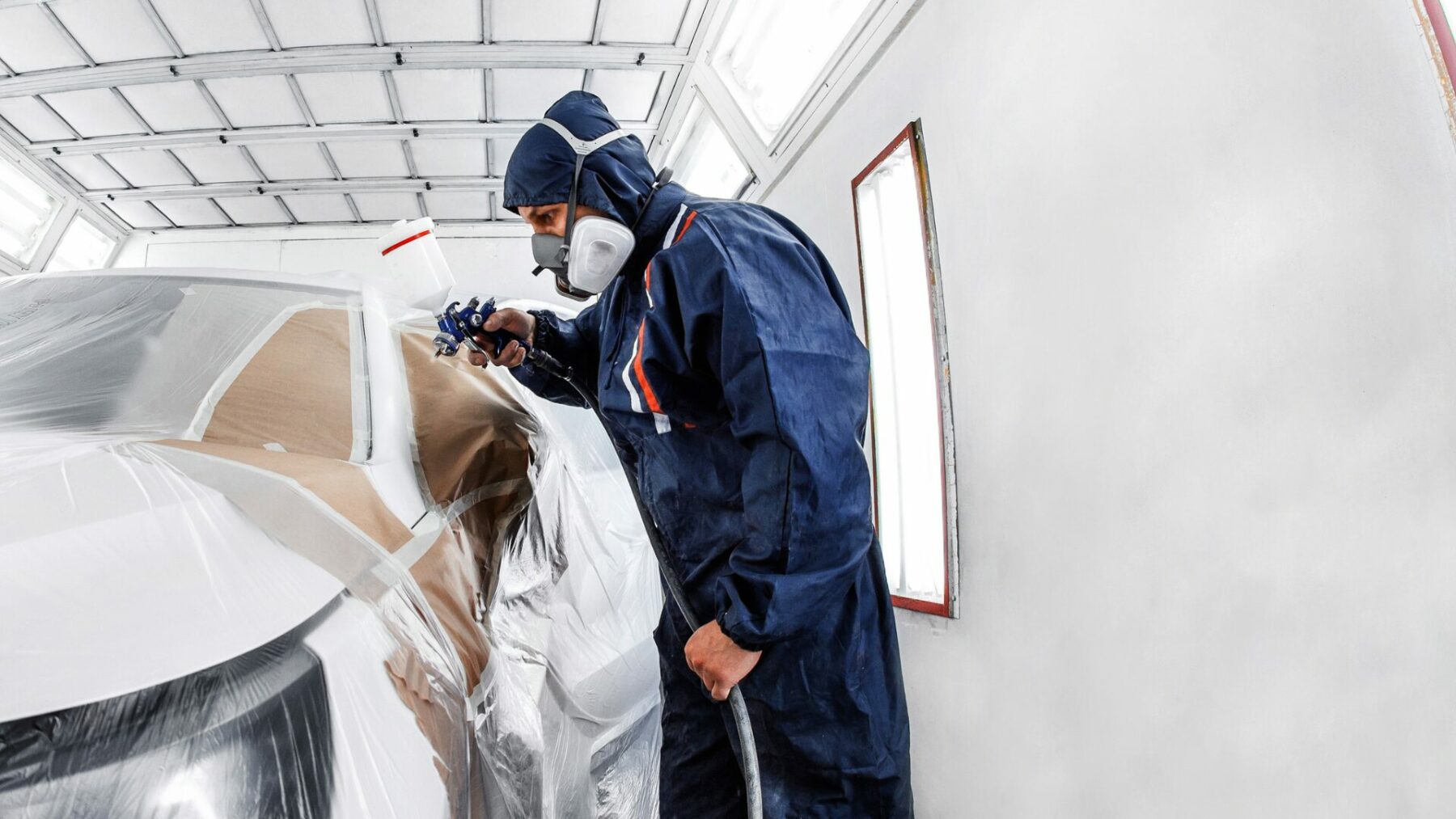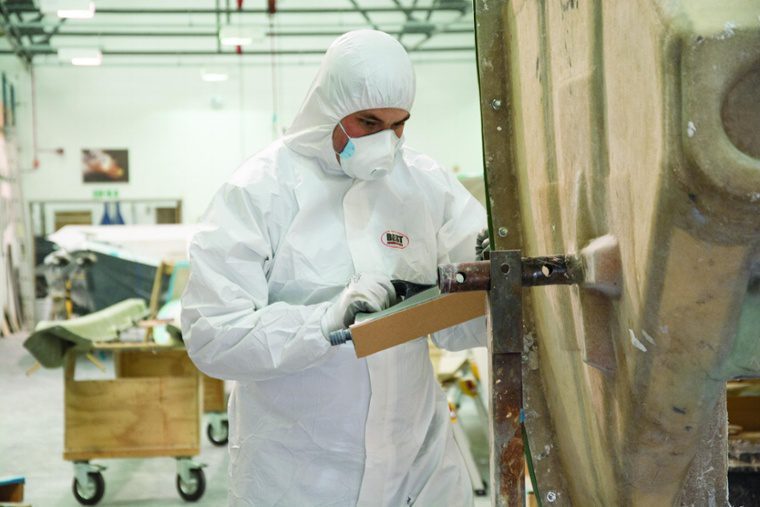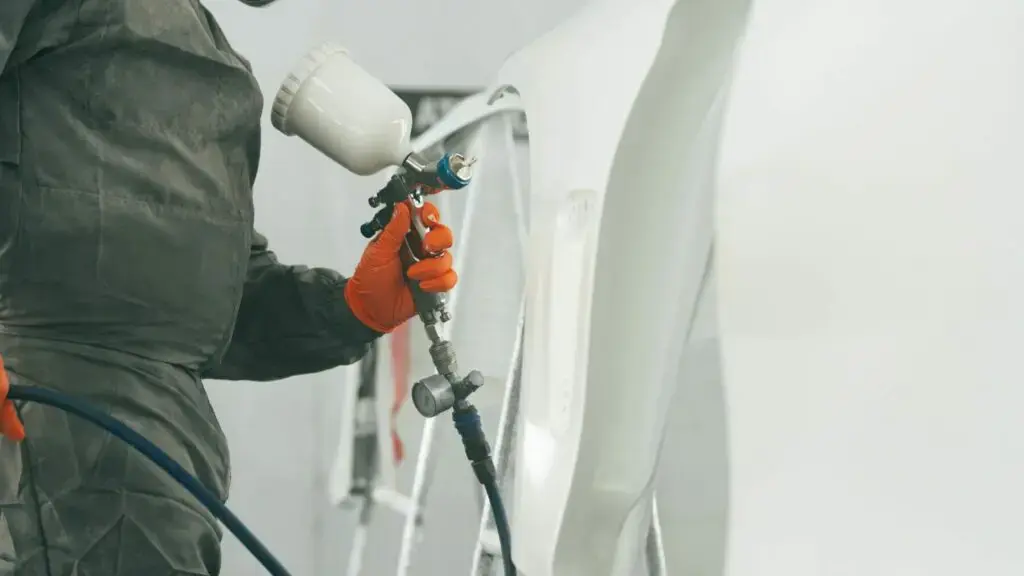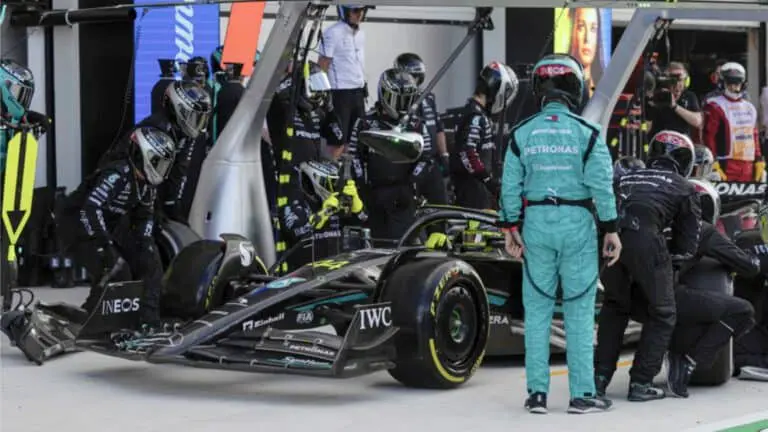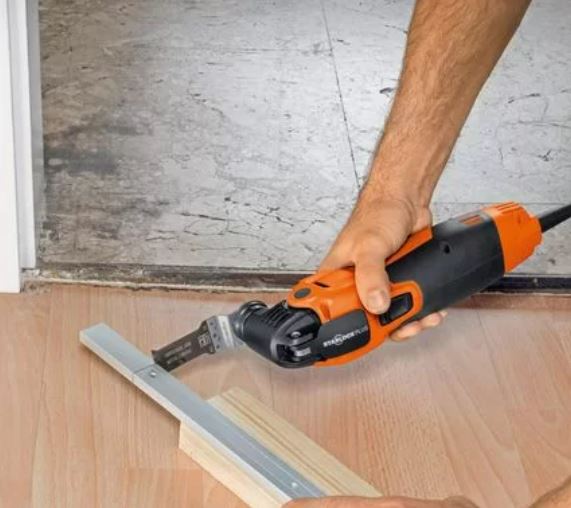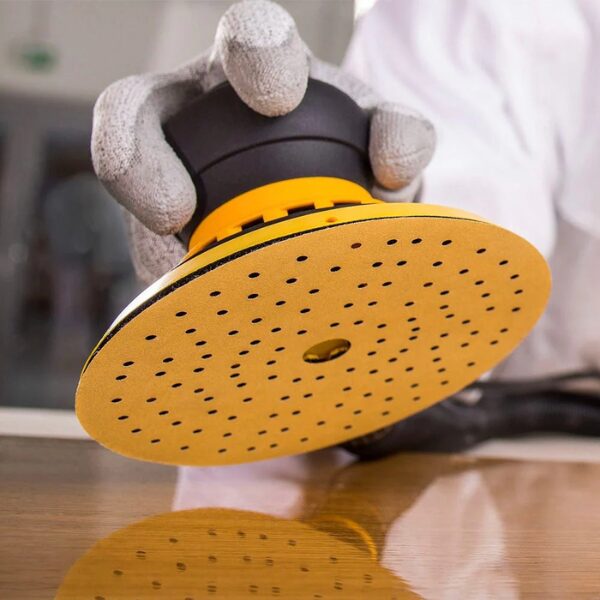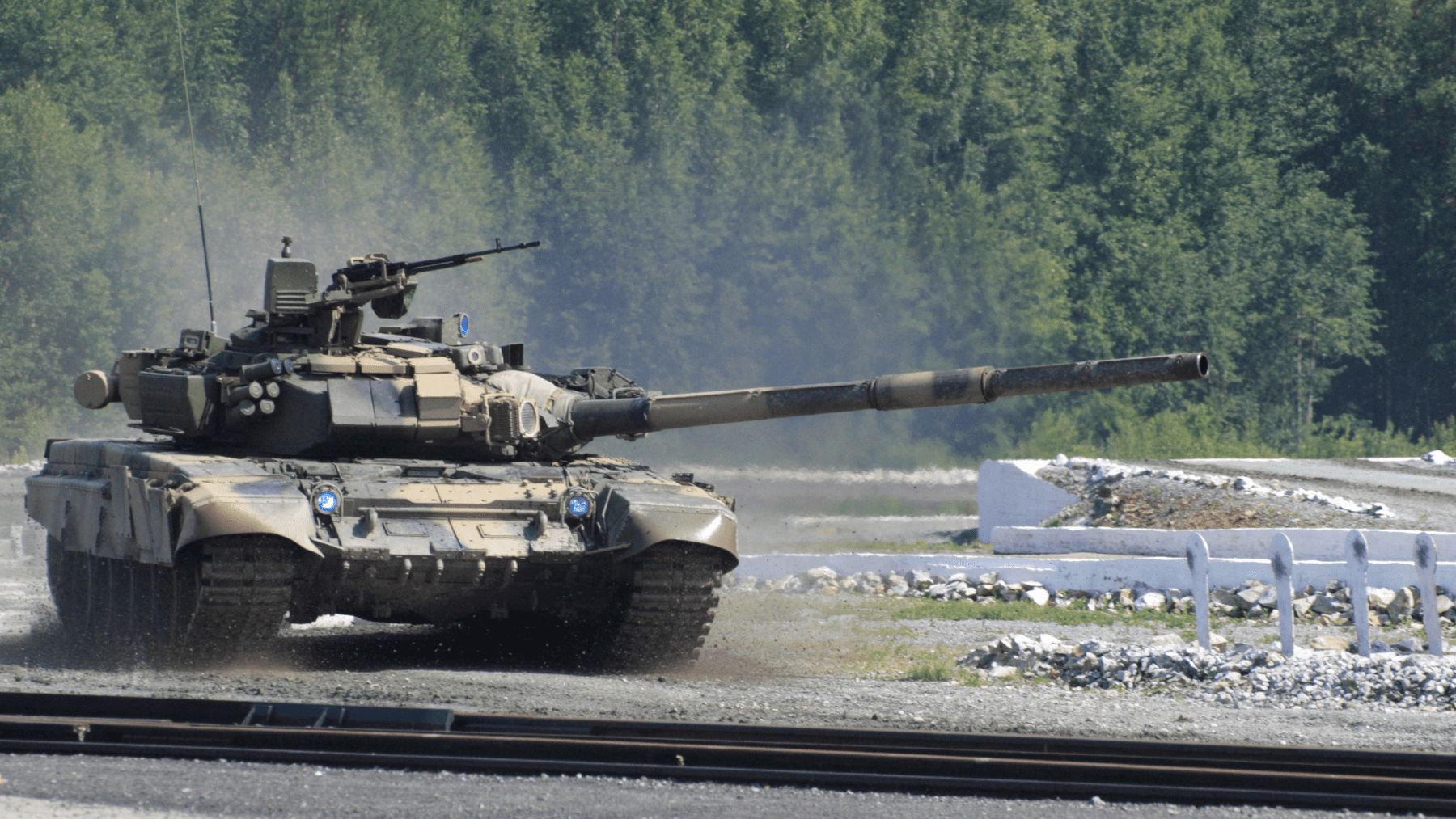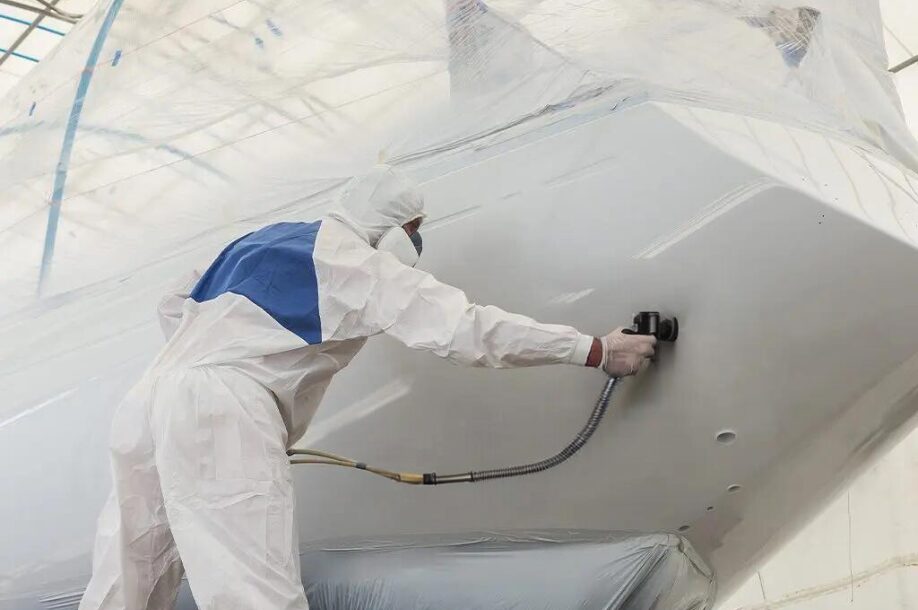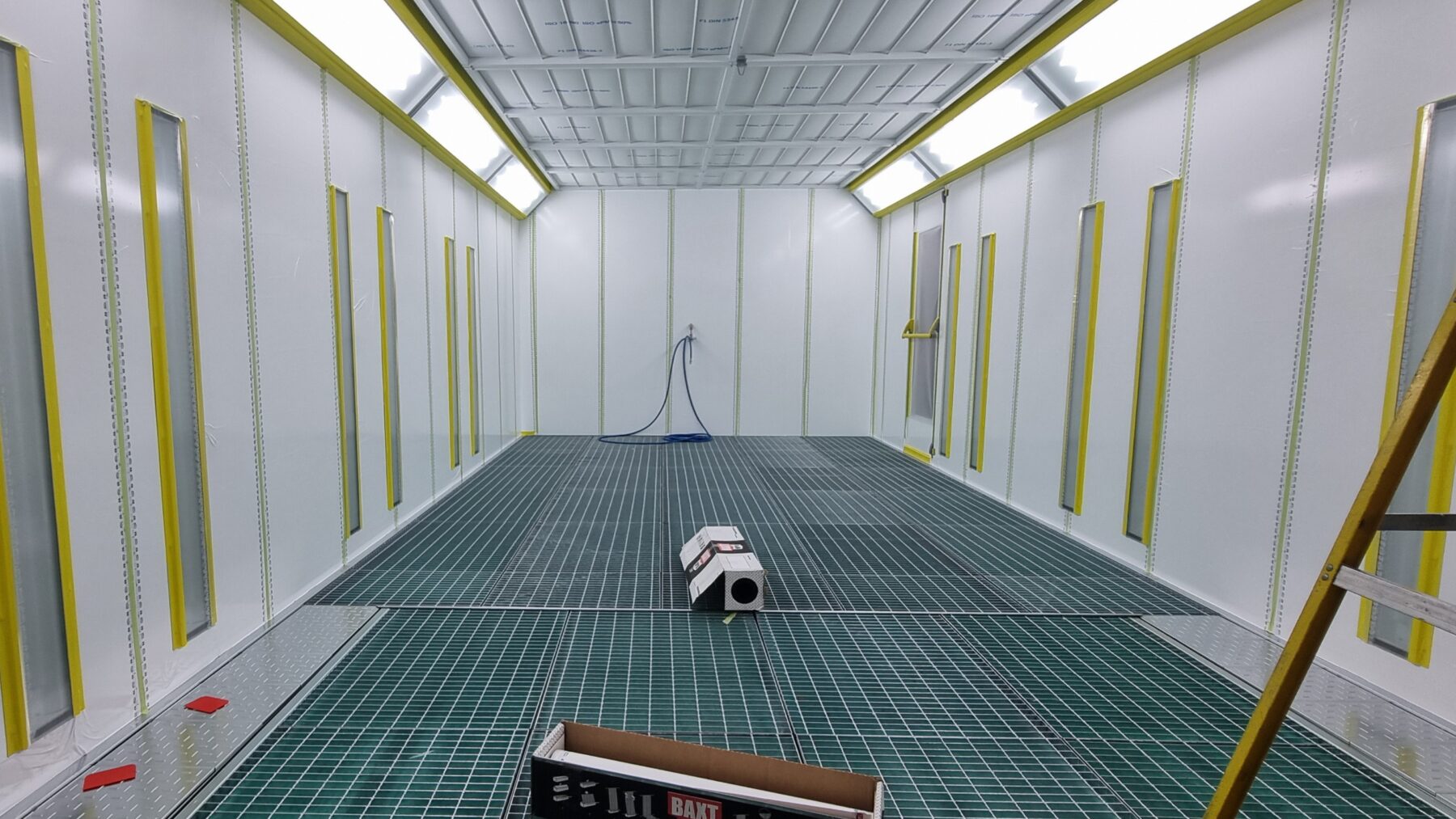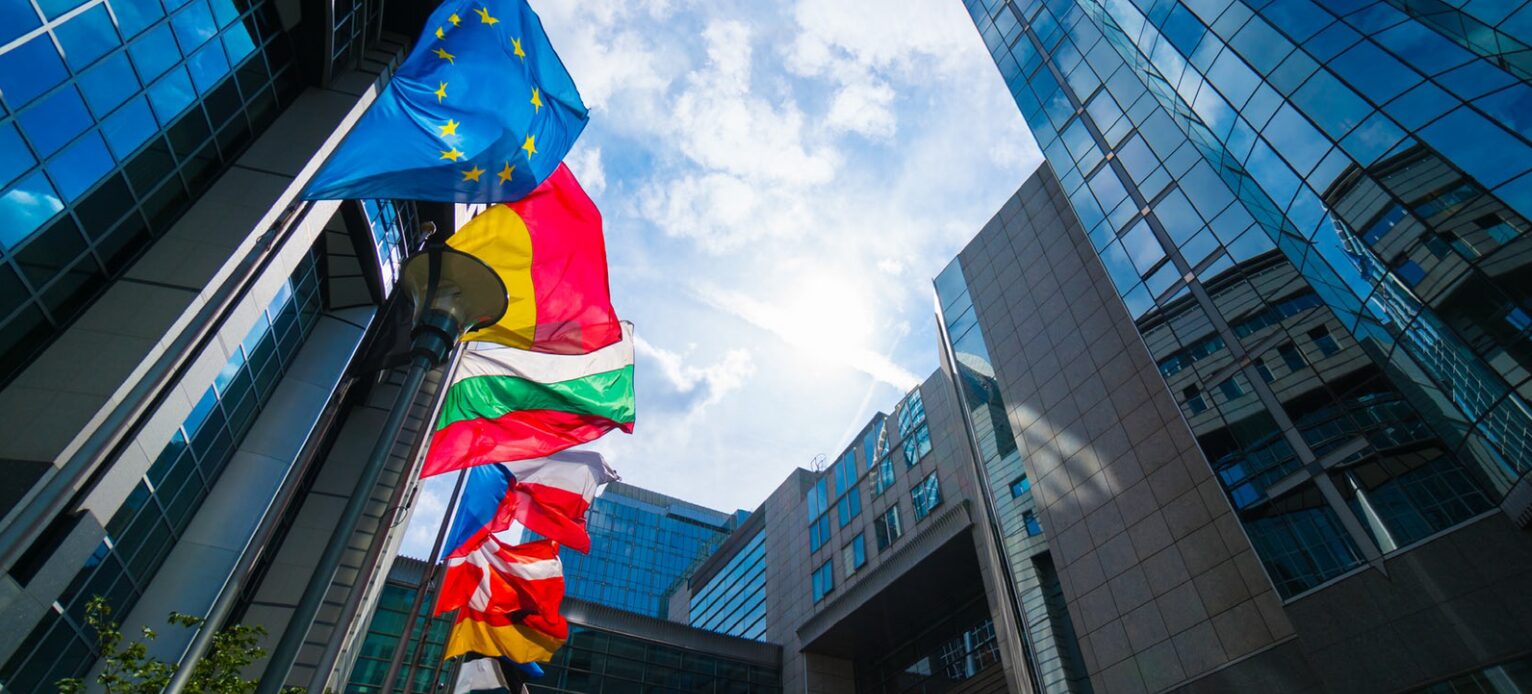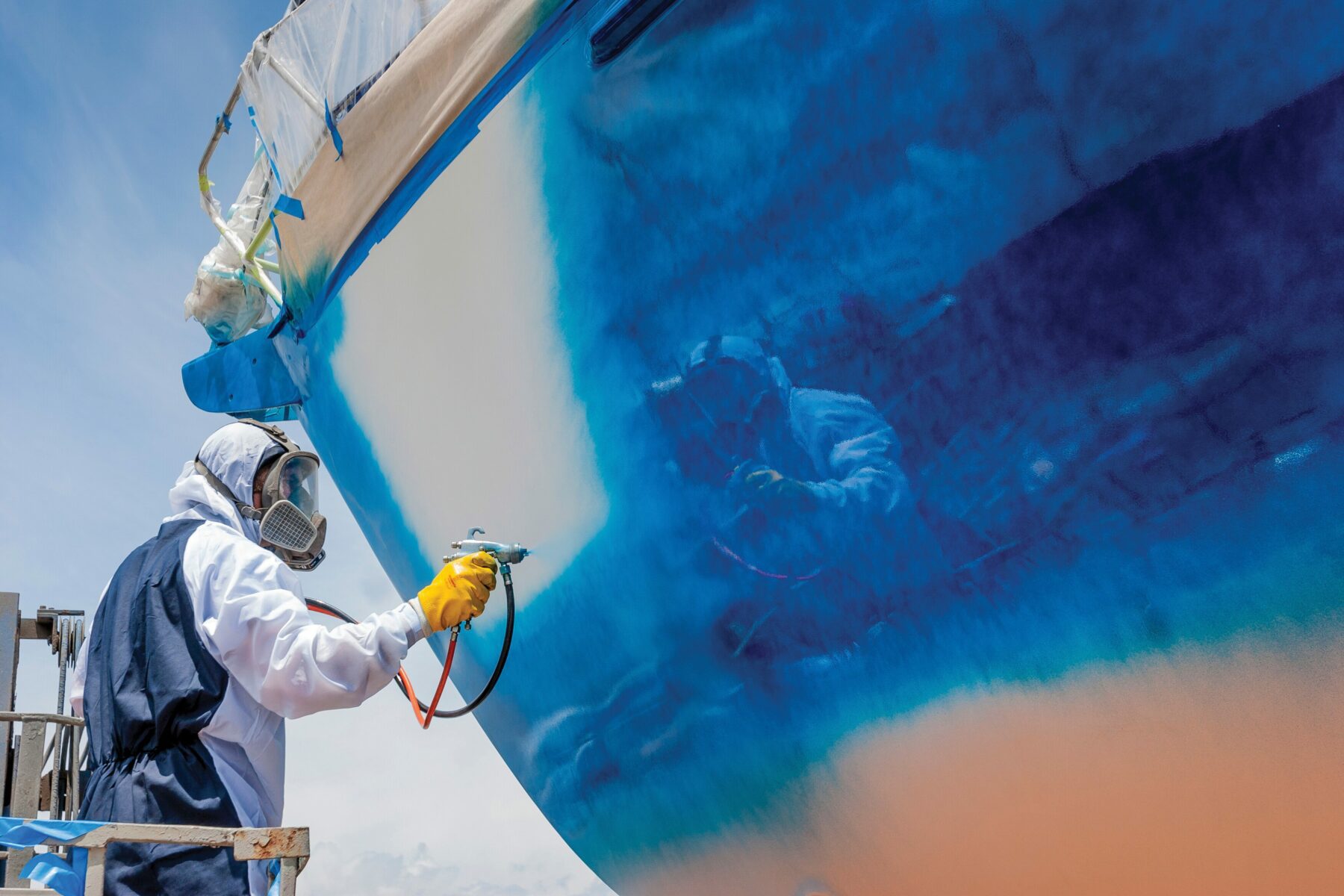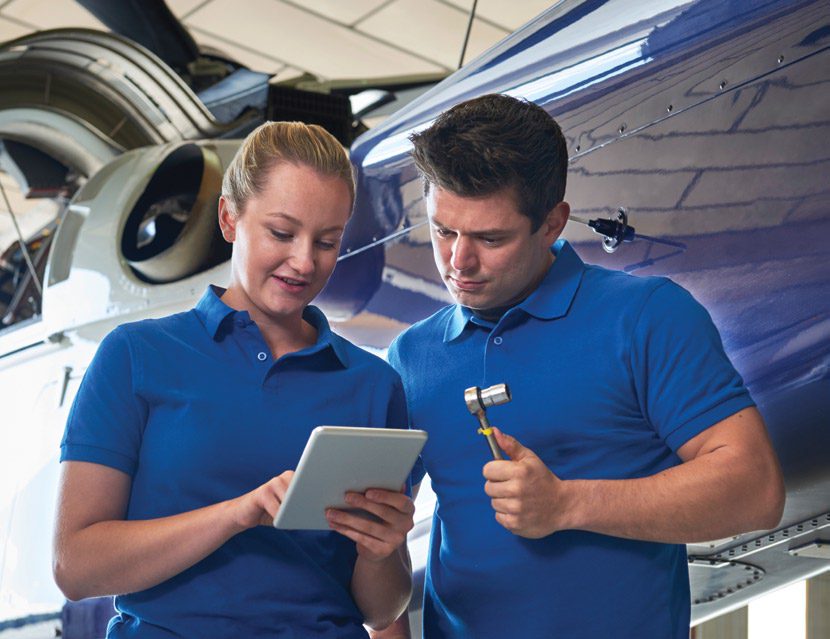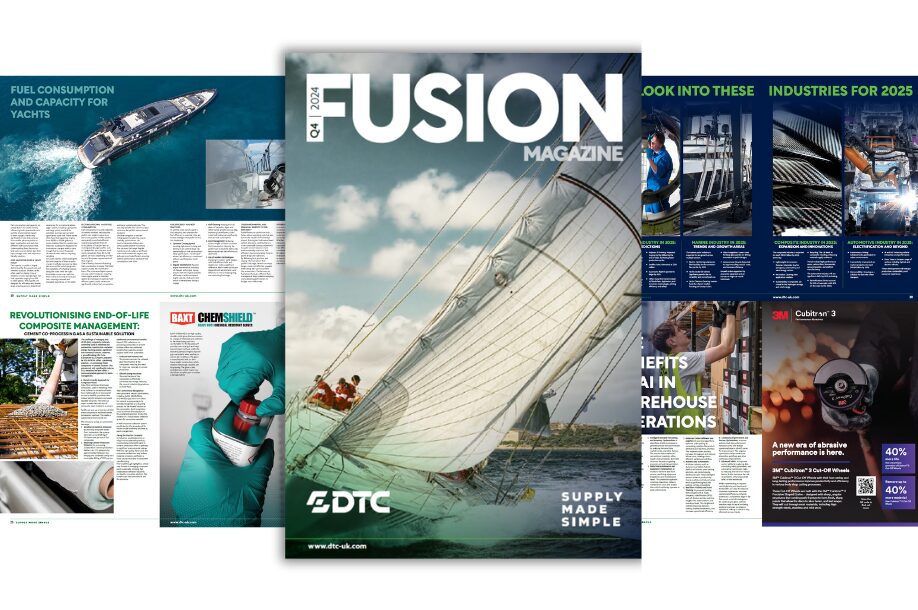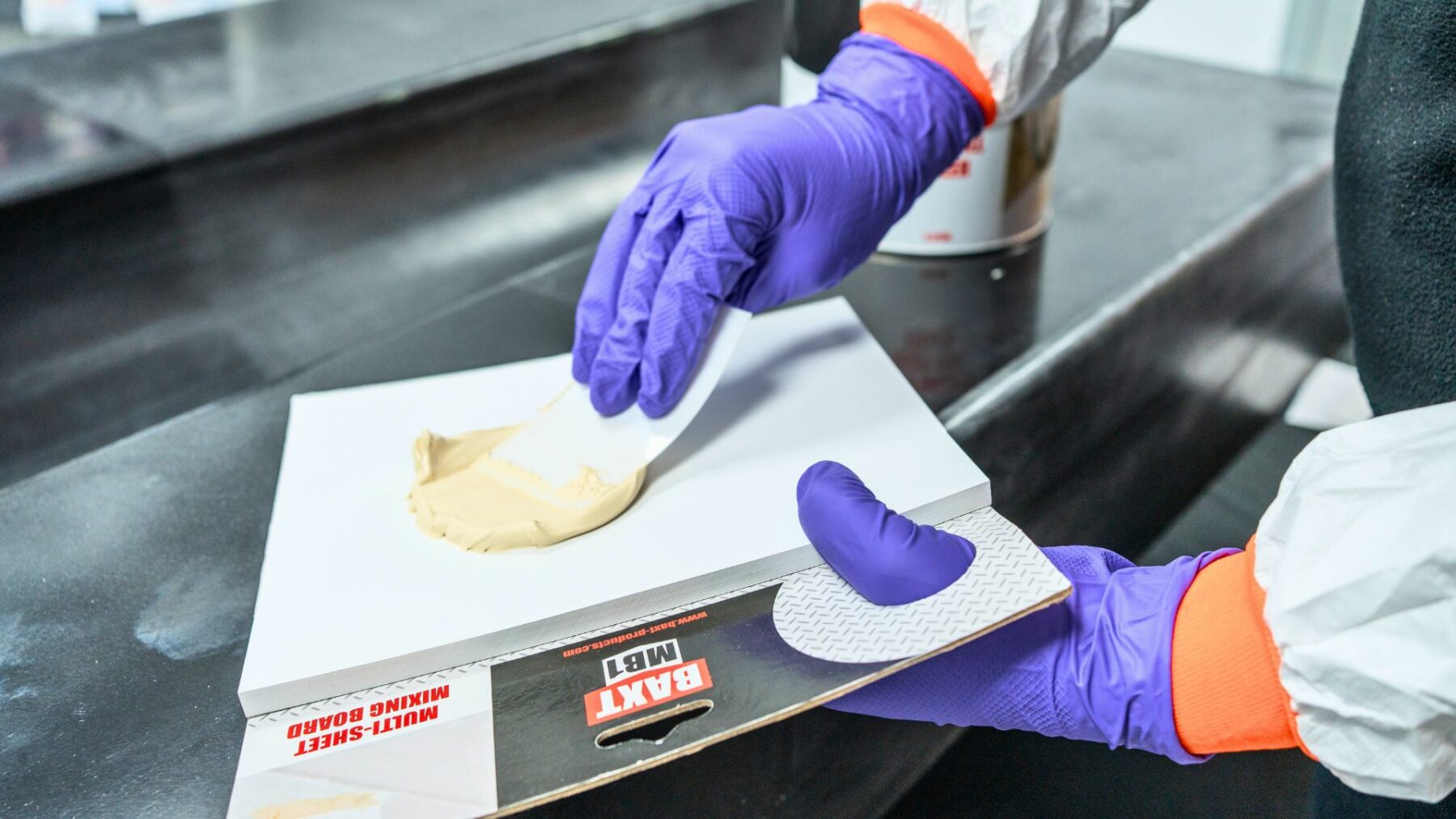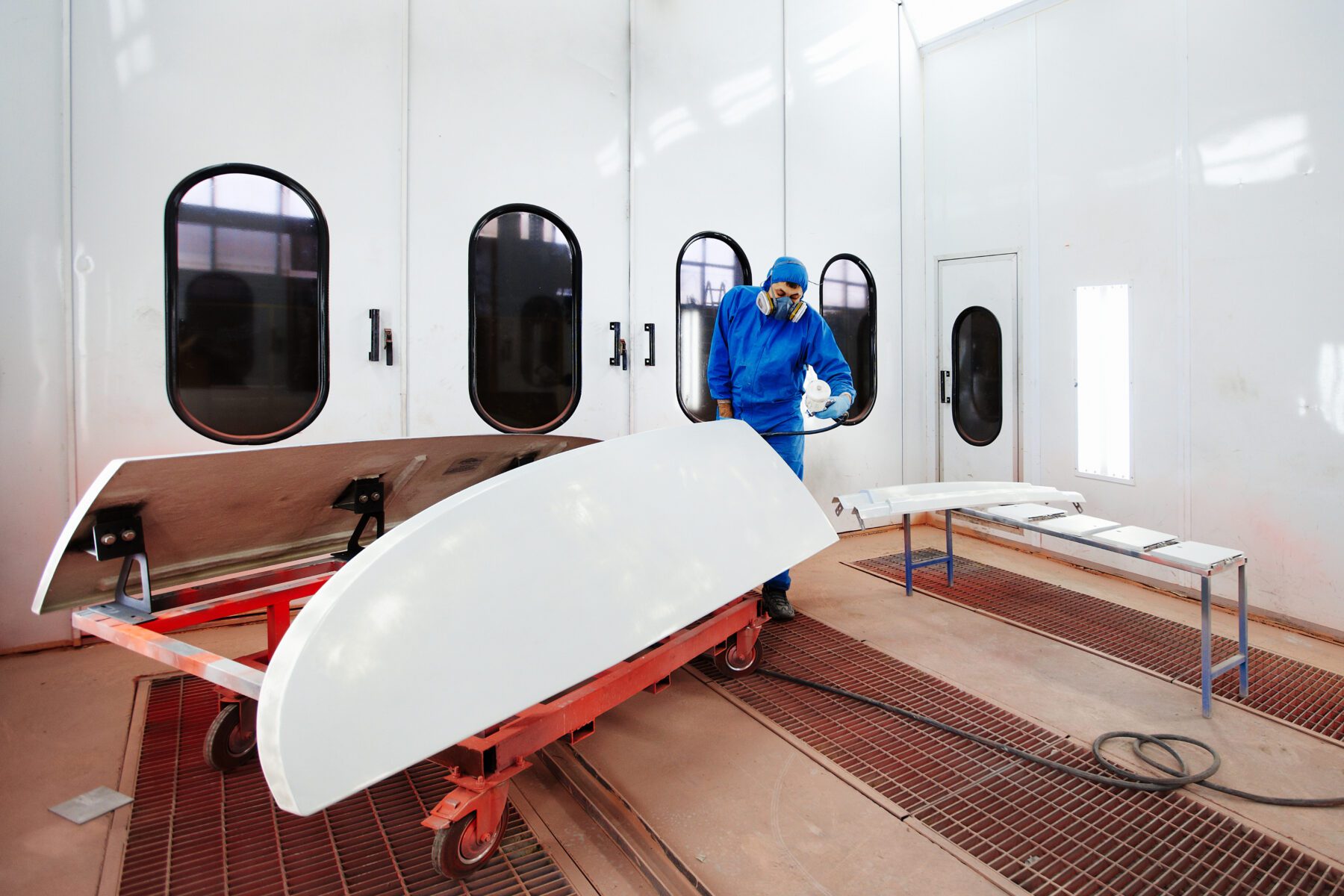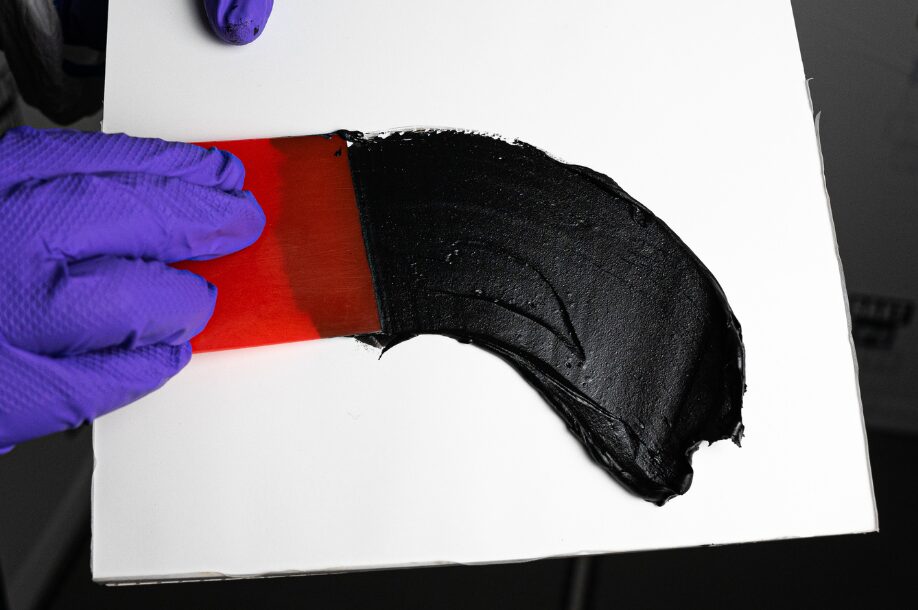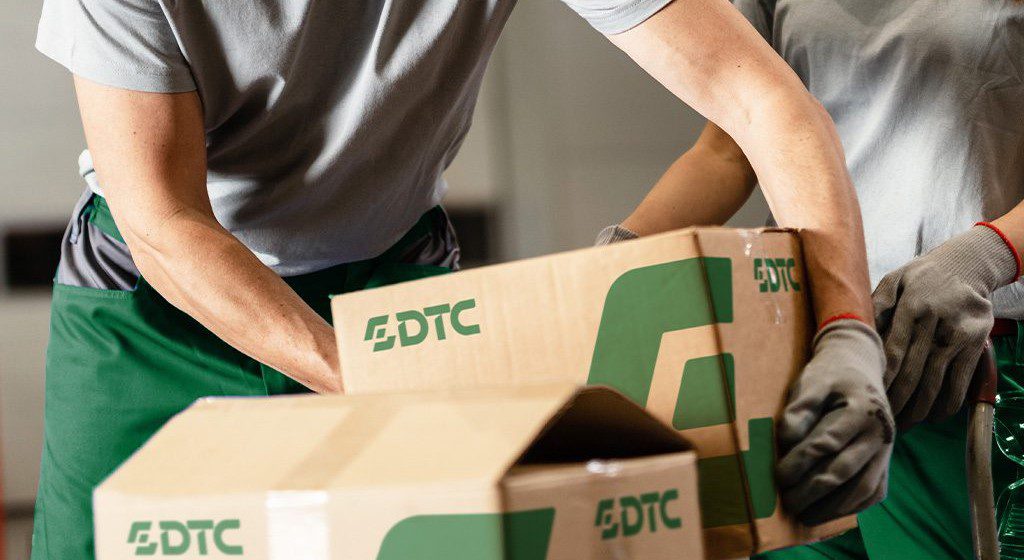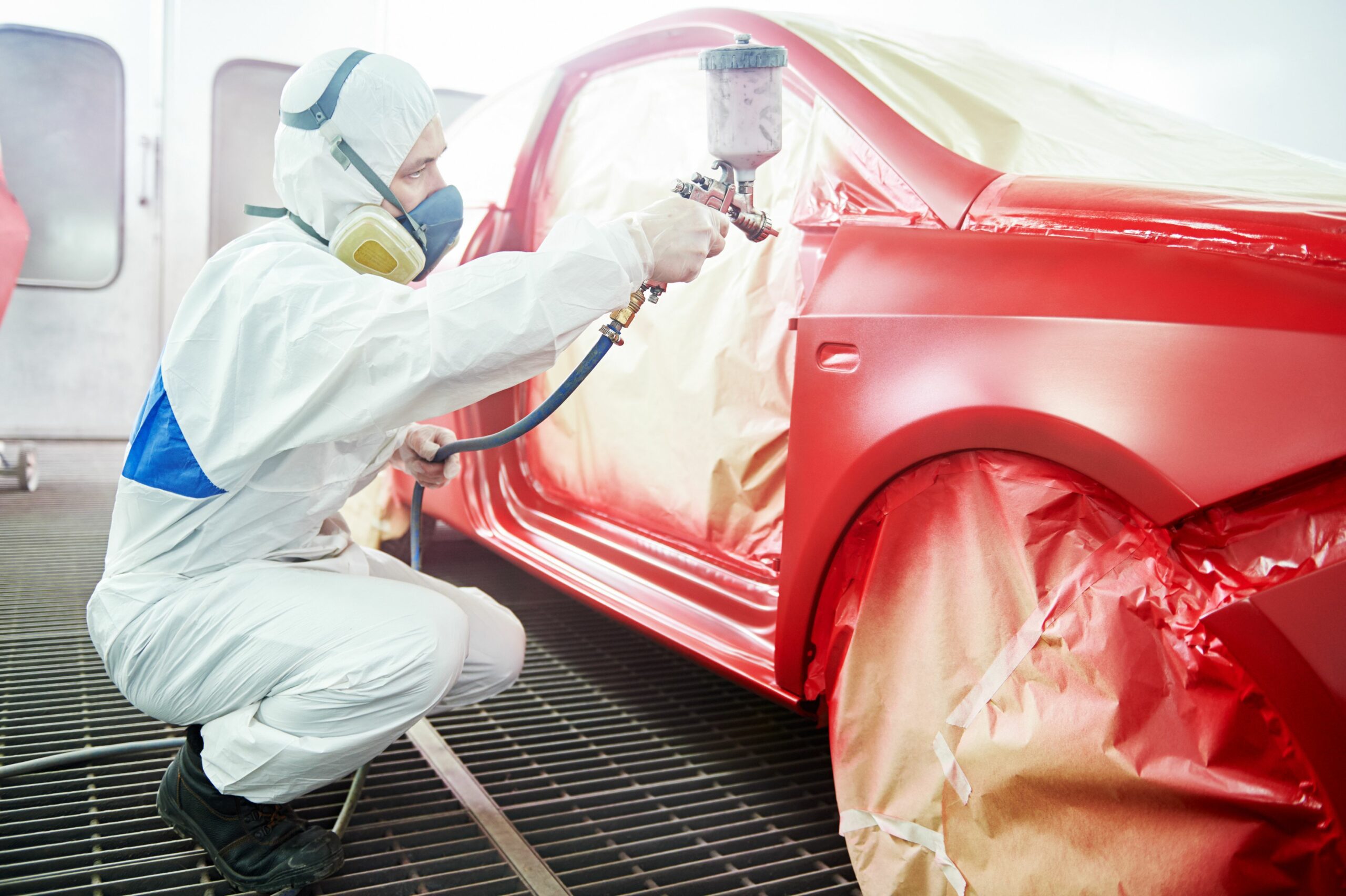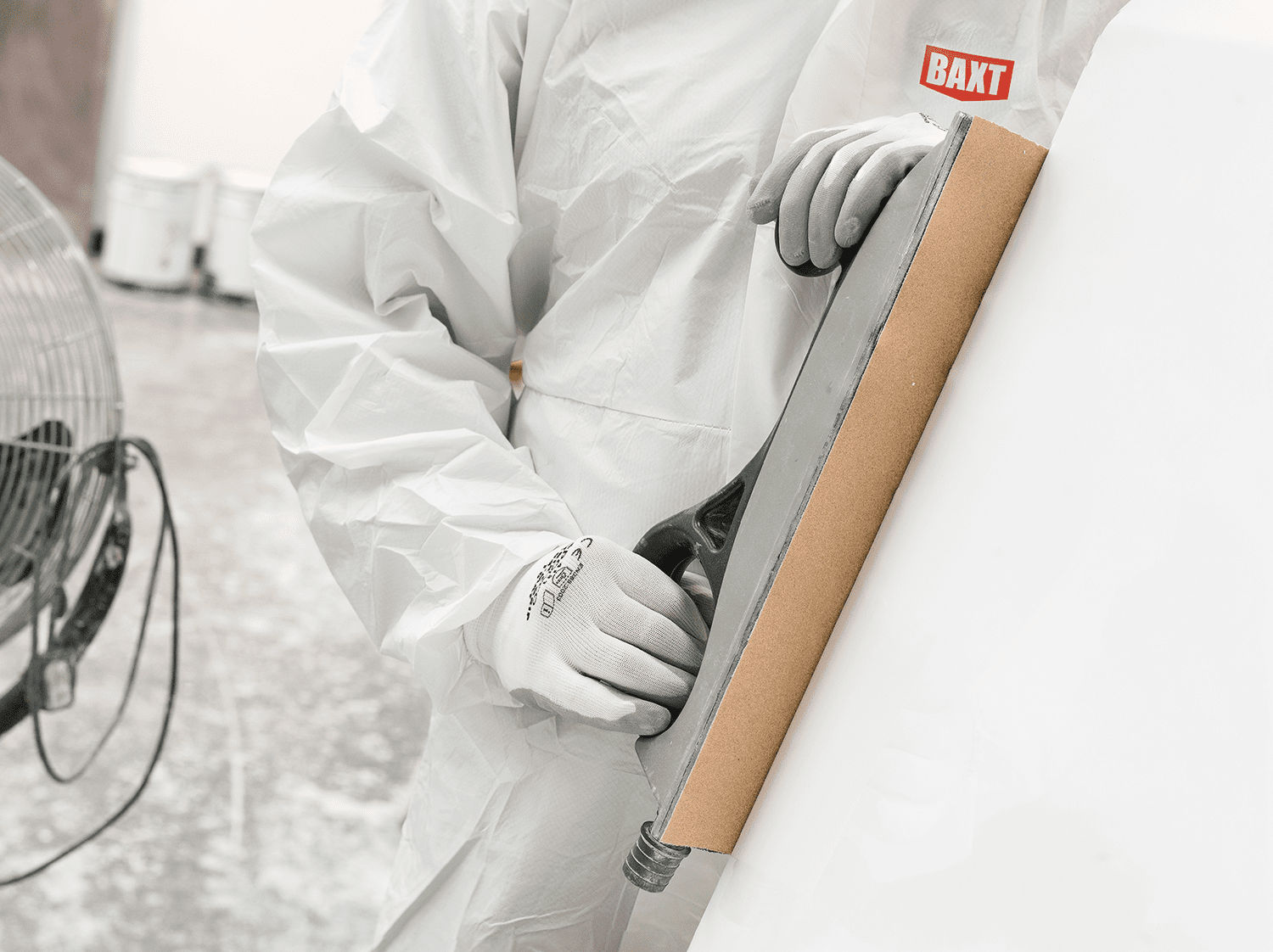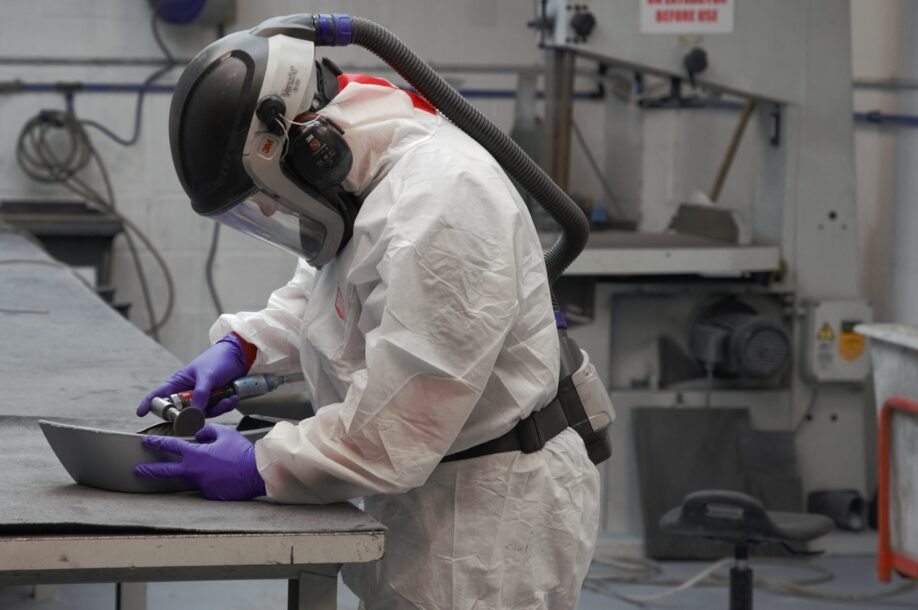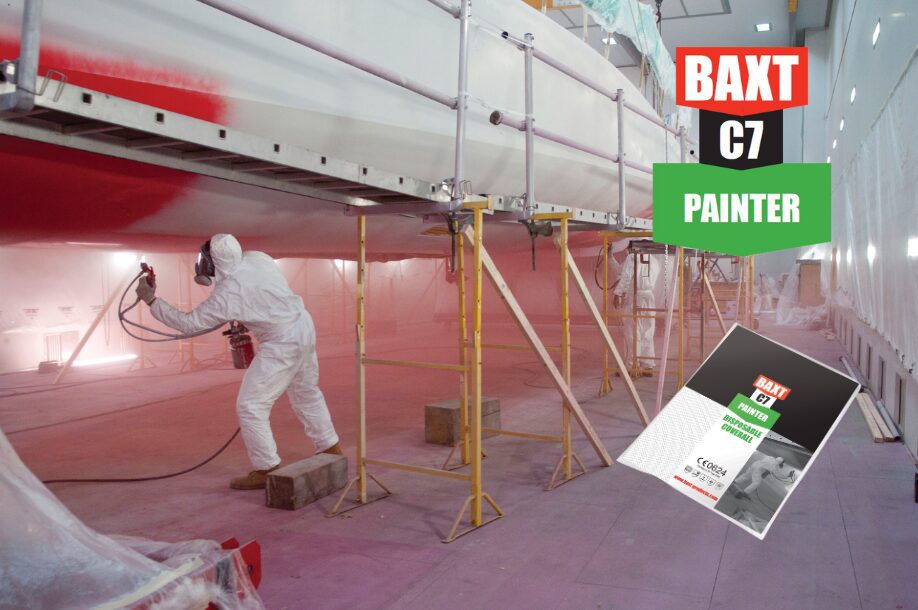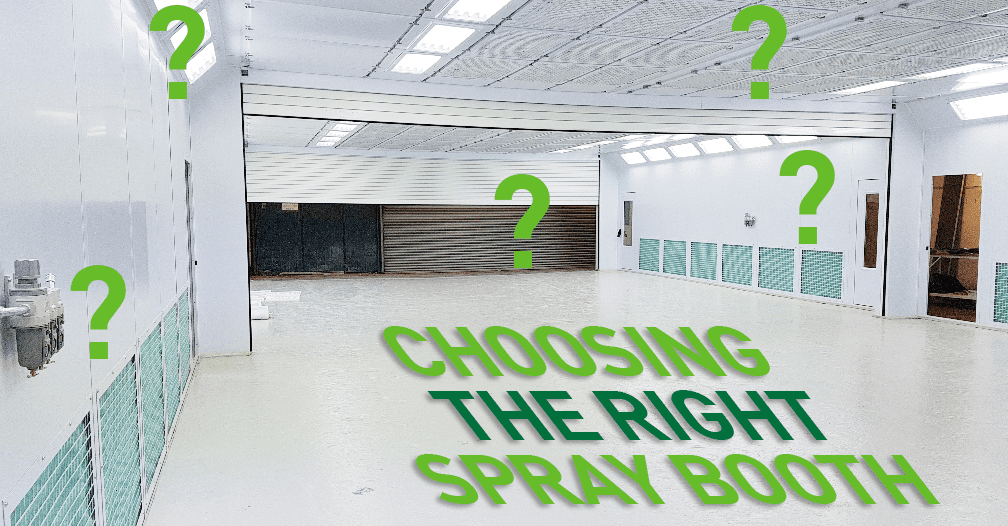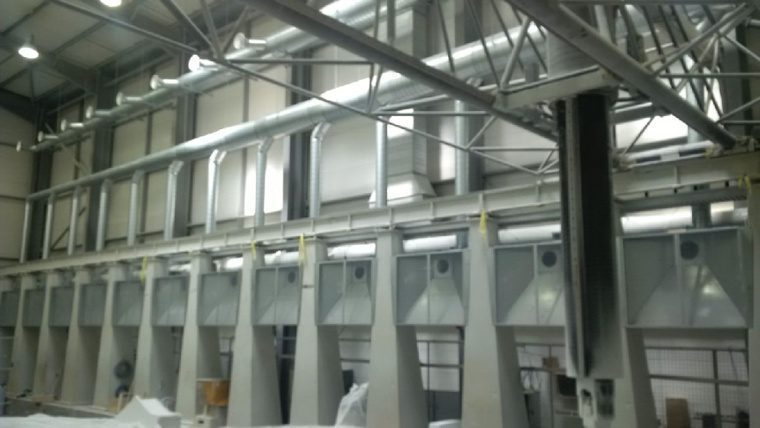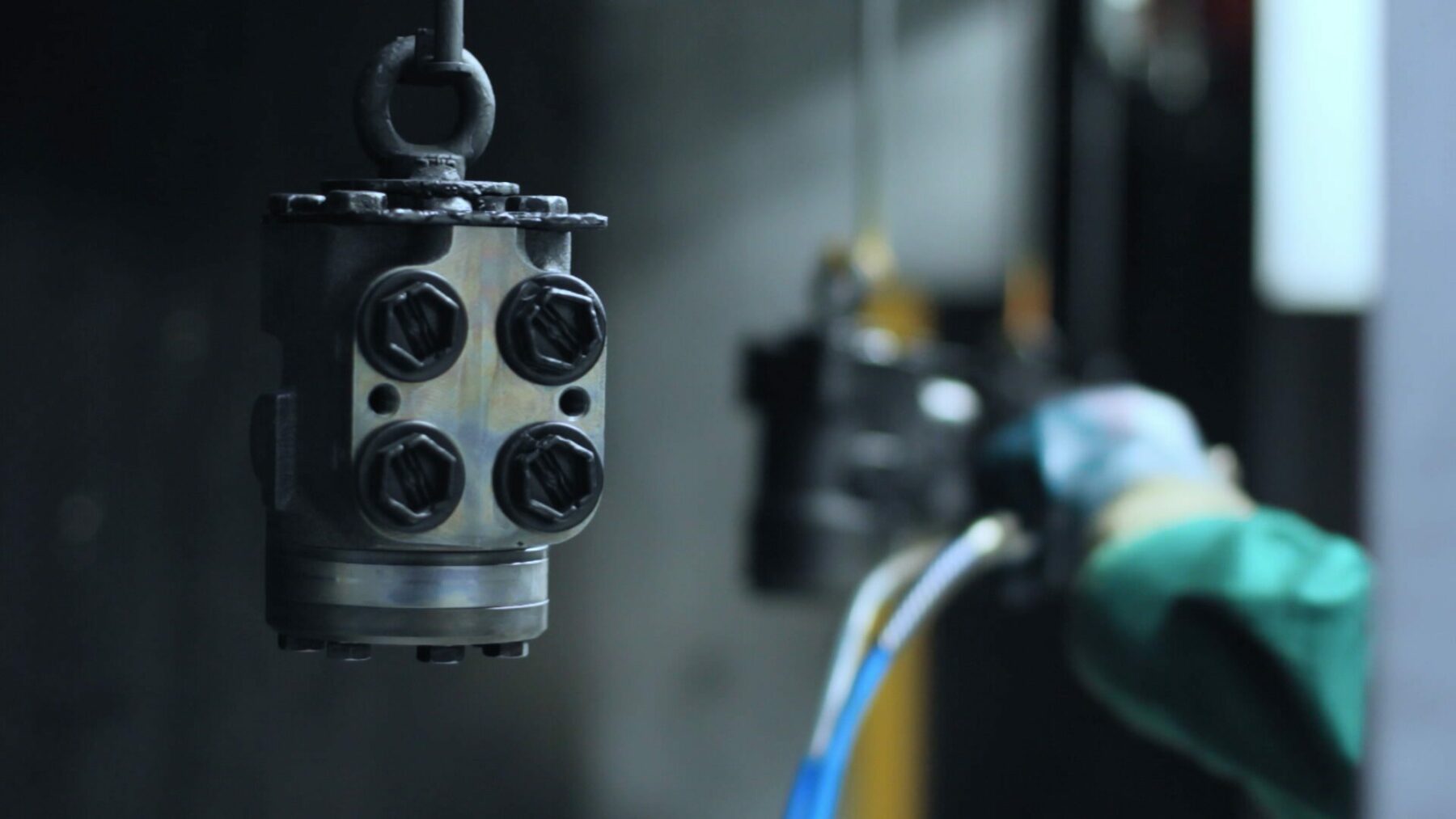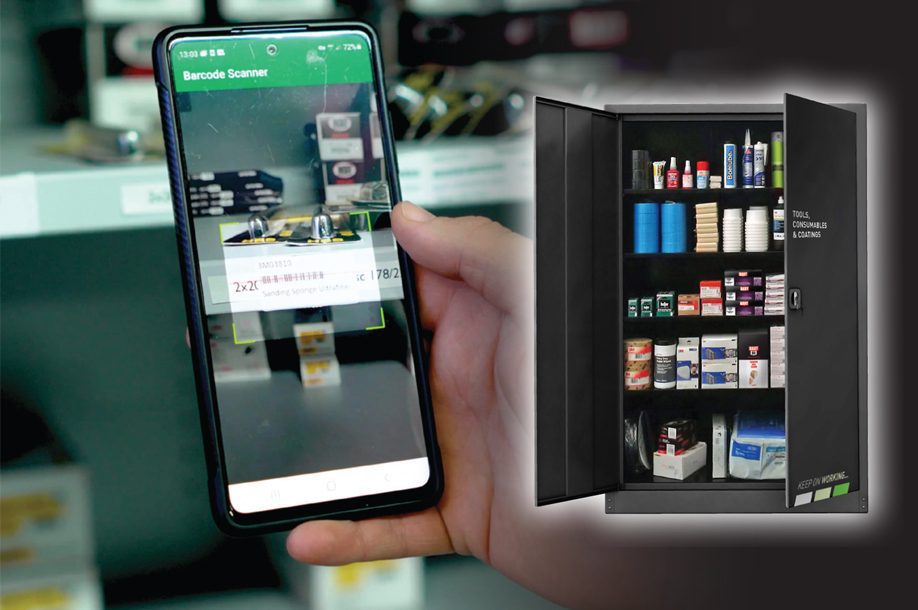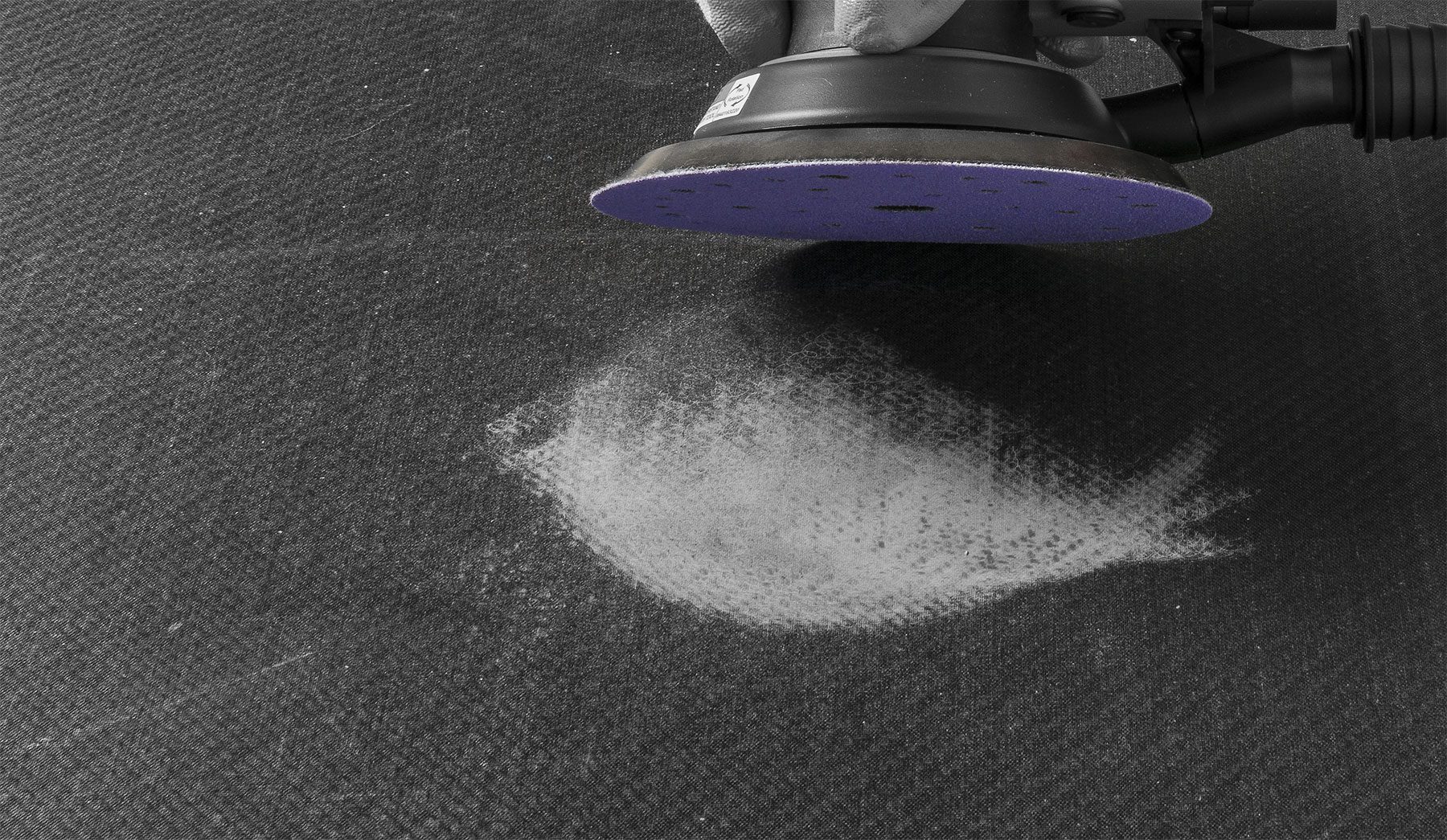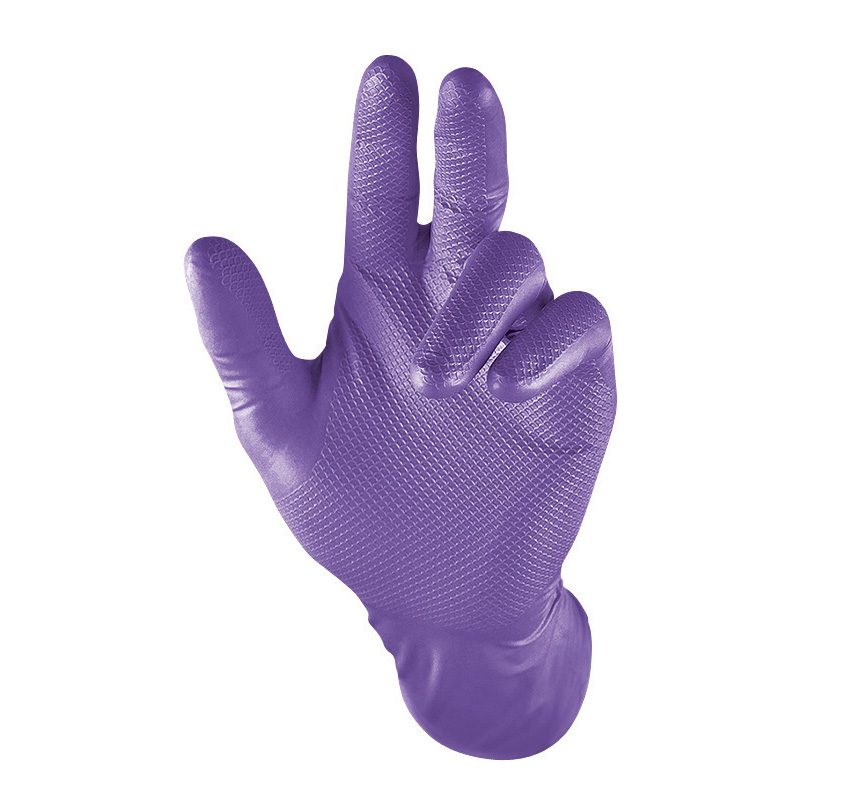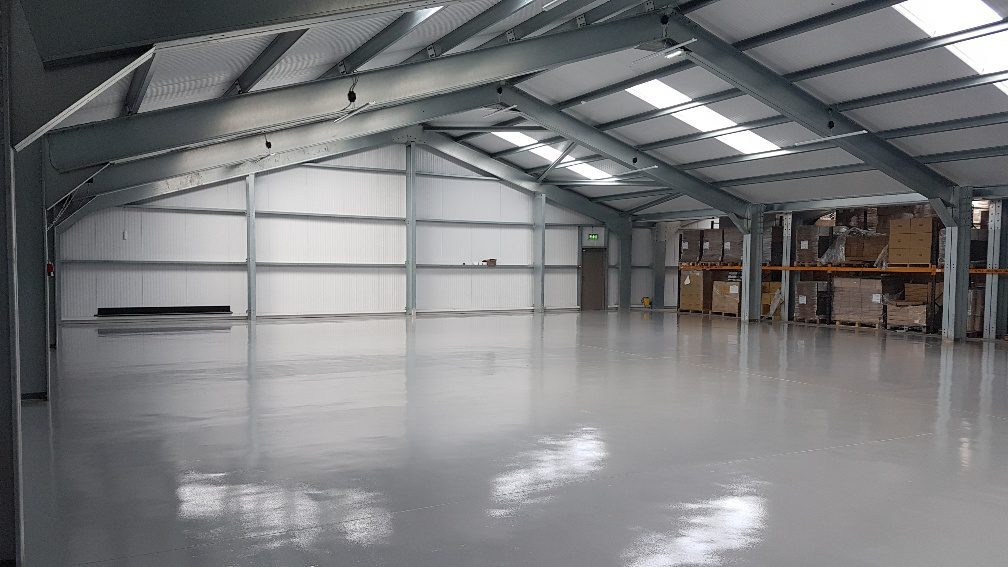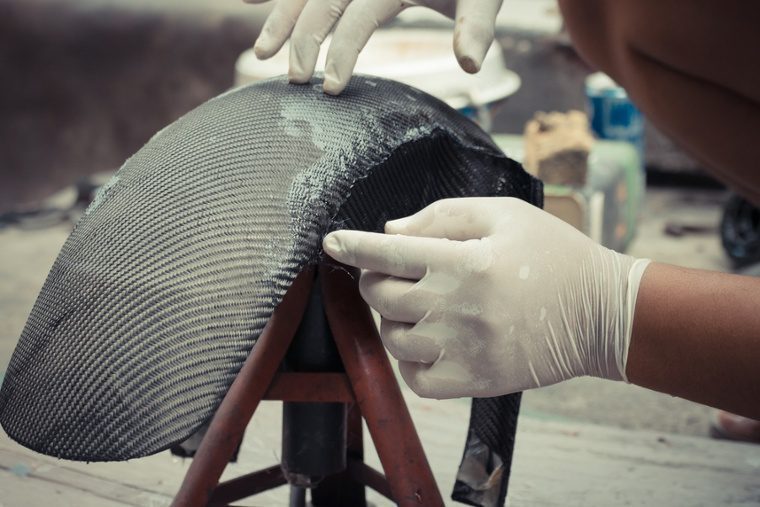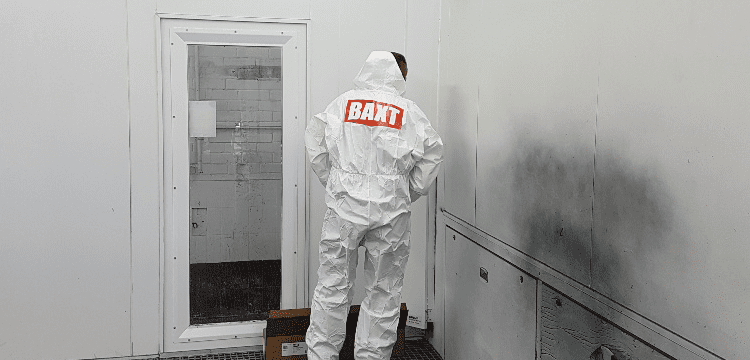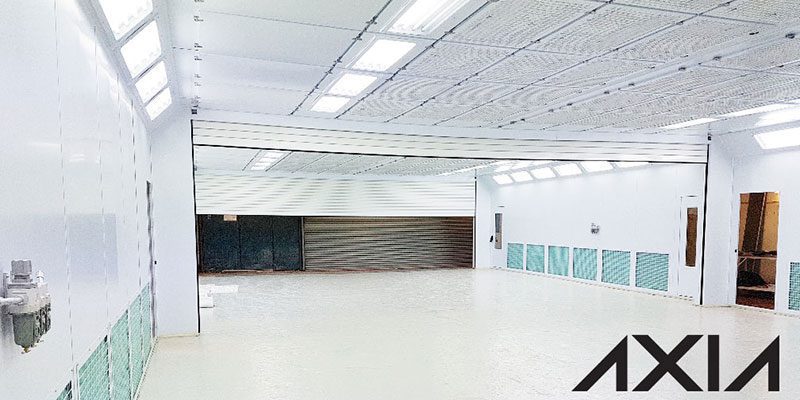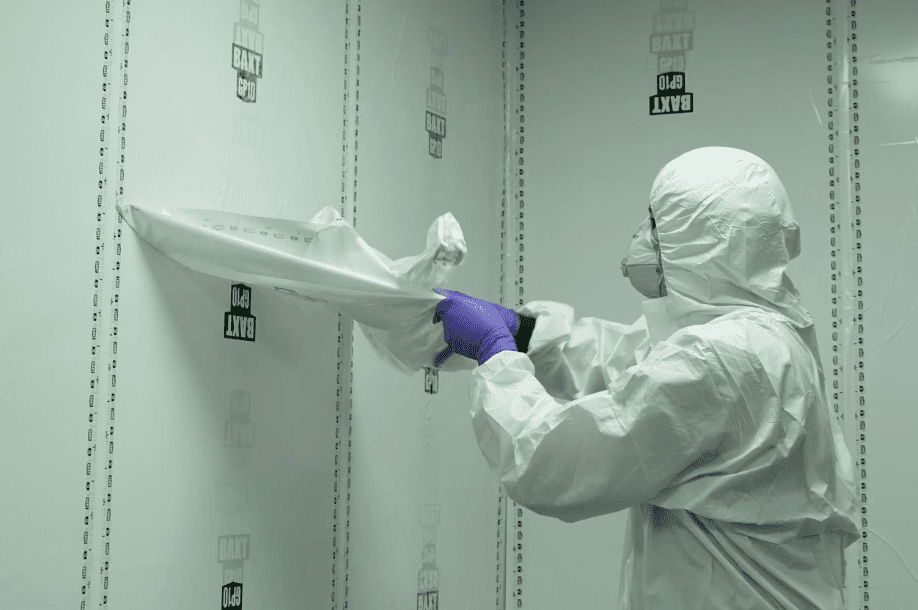How are Formula 1 Liveries Created?

Formula 1, the pinnacle of motorsport, dazzles fans not only with its high-speed races but also with the captivating liveries adorning the cars. These intricate designs are not just cosmetic; they are a blend of art and engineering, representing the heart and soul of the teams they adorn. Ever wondered how these stunning liveries come to life? Join us on a journey behind the scenes to uncover the fascinating process of designing and applying an F1 car’s livery.
The Vision Takes Shape
It all begins with a vision, and that vision is entrusted to the Head of Creative. Their task is to strike a balance between slick, exciting, classy aesthetics while retaining the team’s brand identity. The challenge is to create something fresh and unique without making it look like an entirely different car.
Evolving Formula 1 Liveries Design
To adapt the livery to the next season’s car, designers start with the current car. They take the existing livery and transform it to fit the new car’s shape.
Unlike with computing, there is no copy and paste function! Formula 1 cars are especially prone to rapid design changes, which impact areas like the bodywork and chassis. The livery design will need to adapt quickly to these design changes.
Partner Integration Livery Design
Formula 1 livery design is not just about the aesthetics. It also includes the logos of partners of the team. Therefore, livery designers need to work closely with the commercial arm of the F1 to ensure partner logos are successfully integrated.
From a team sponsorship perspective, every part of the F1 car has sponsorship value. There have been numerous recent examples of F1 teams incorporating sponsors logos into their livery design. A great example of this is the Williams F1 team. They added the Duracell battery into the roll hoop area. This produced a stunning design, which has also sparked much conversation in and outside of the F1 industry.

So, how is the livery design added?
You might be asking are F1 cars painted or wrapped? Well, the answer is they are painted. Every F1 car undergoes painstaking painting by the specialist design teams. Aerodynamics are all-important with an F1 car and painting delivers optimisation, customisation and performance-efficiency that wrapping cannot match. This is why F1 teams prefer the painted approach.
So, as you are sitting back enjoying your next F1 race, remember there is more than meets the eye to the Formula 1 liveries design that you see in front of you. All in all, breathtaking livery requires intricacy, and meticulous attention to detail as well as a blend of creativity and engineering.




